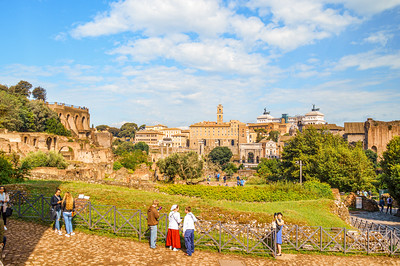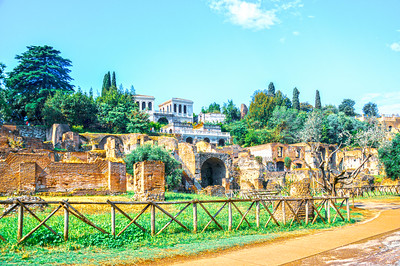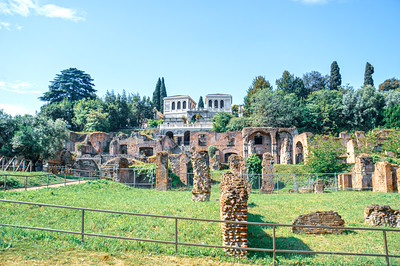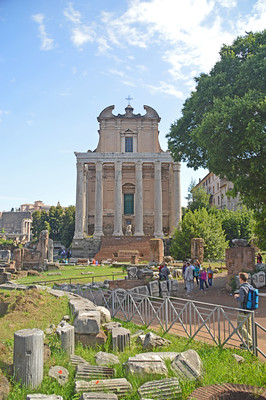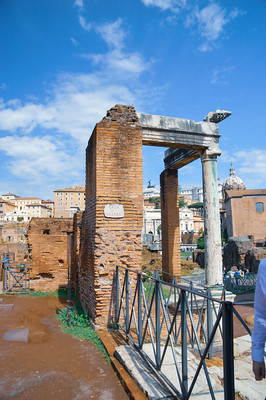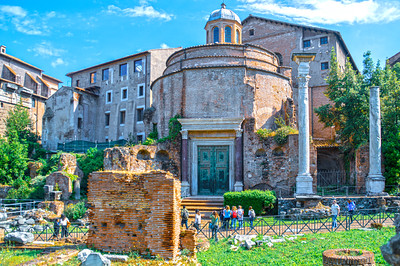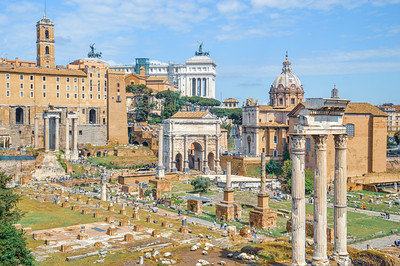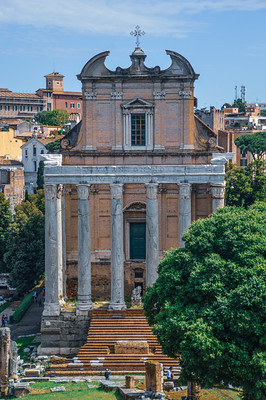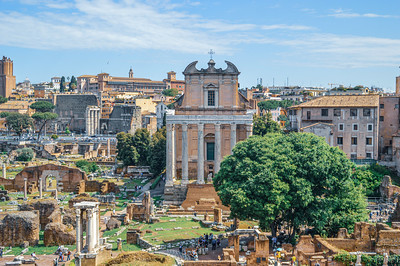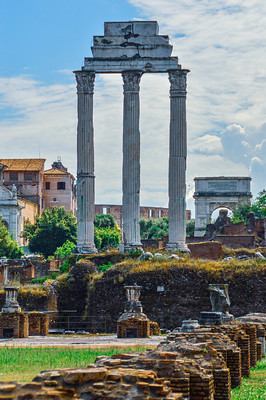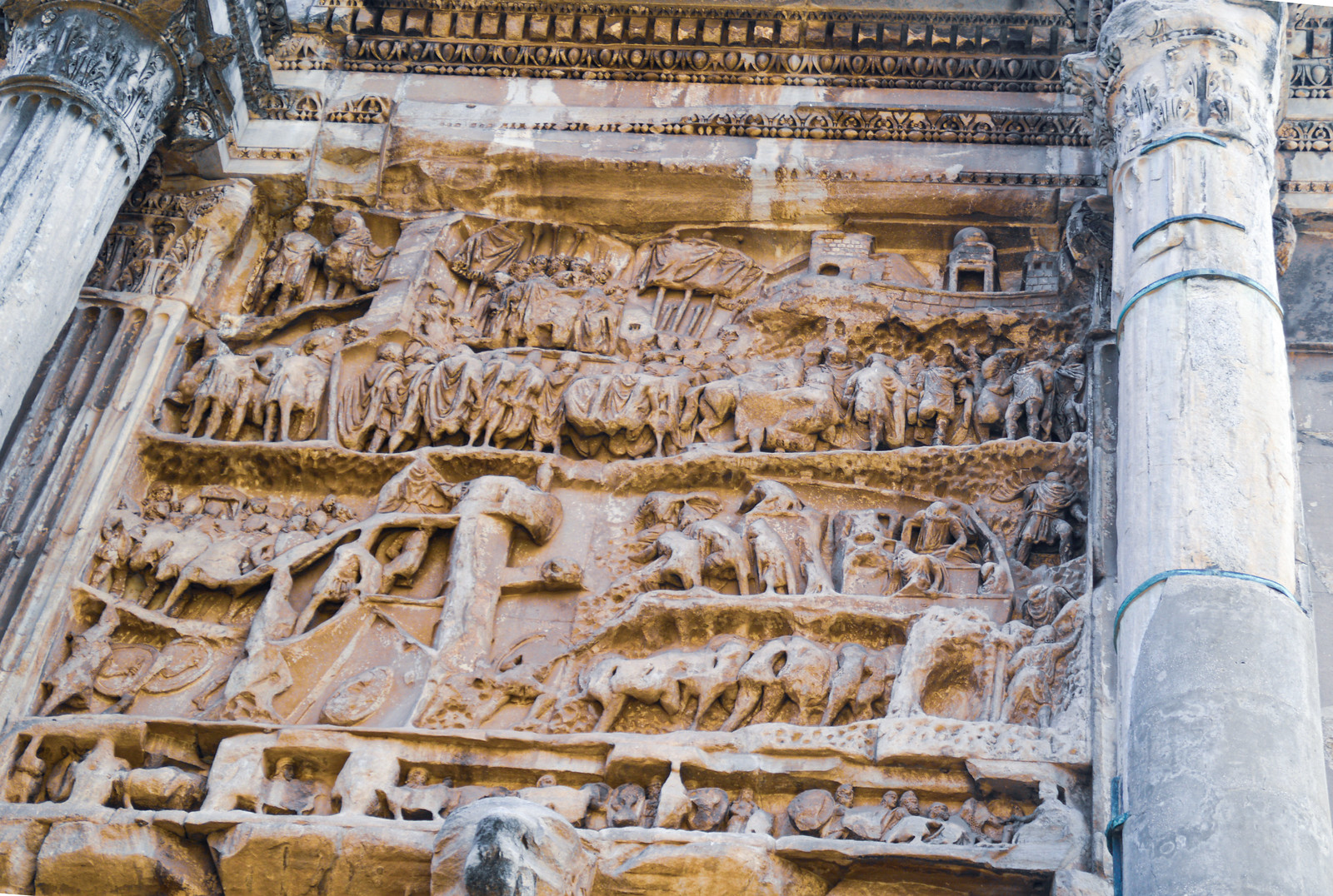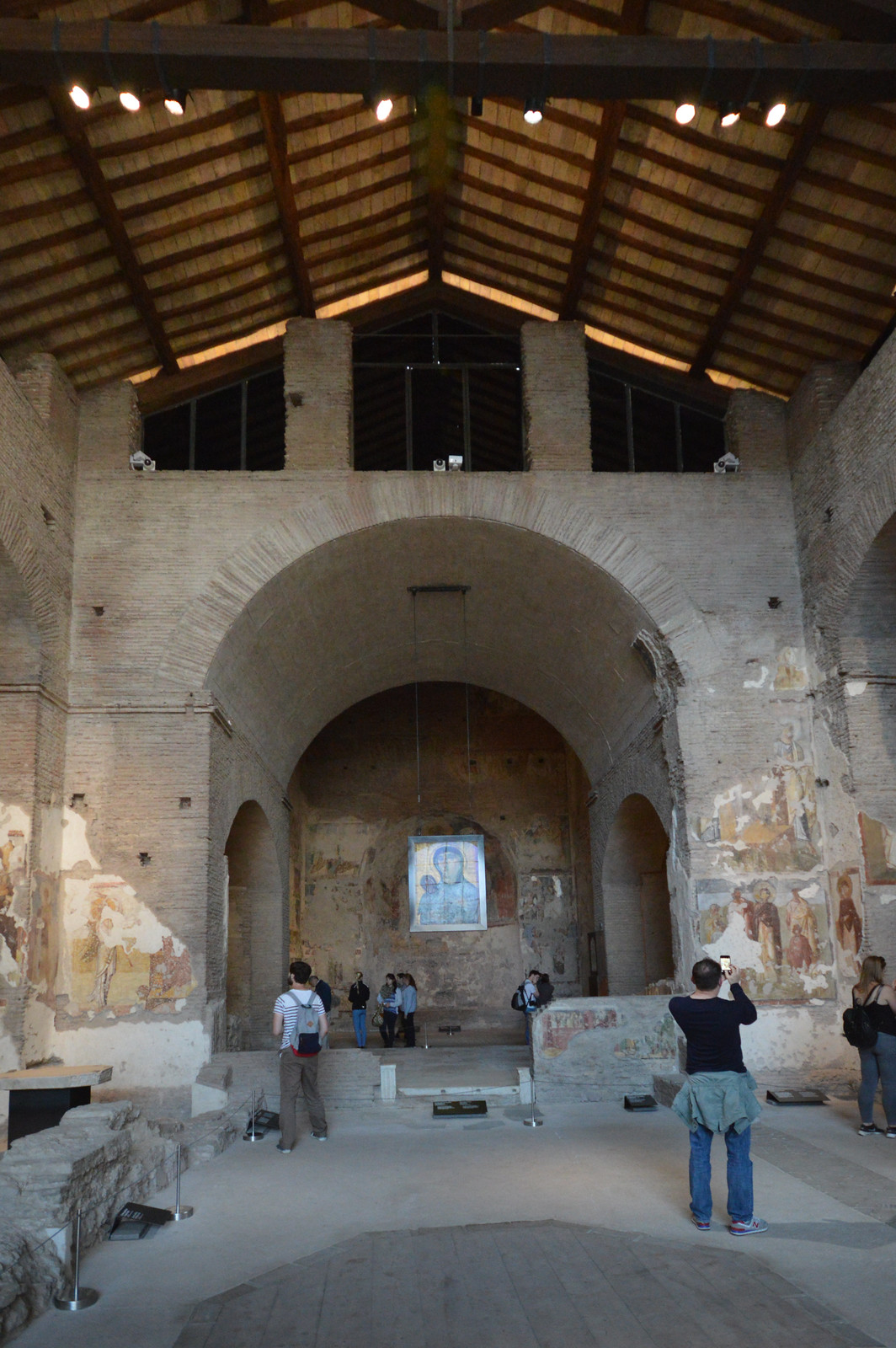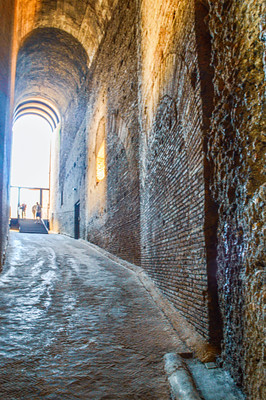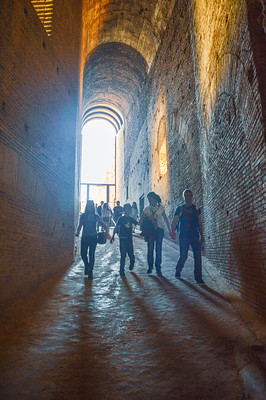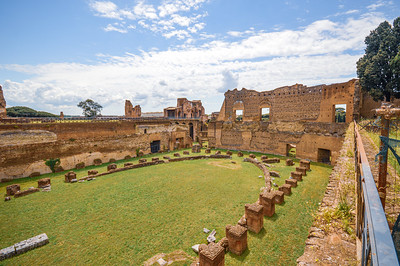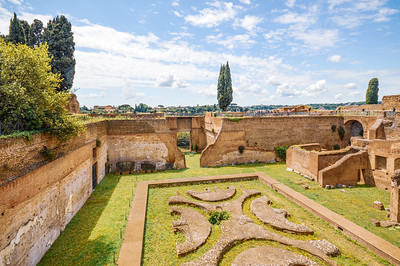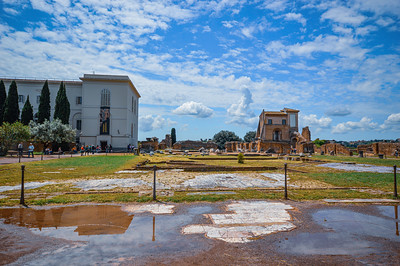An impressive – if rather confusing – spread of ruins, the Roman Forum was ancient Rome's showpiece center, a grandiose district of temples, basilicas and vibrant public spaces. It can be hard to picture this nowadays but if you can get your imagination going, there’s something truly magical about walking in the footsteps of Julius Caesar and other legendary figures.
The site, which was originally a marshy burial ground, was first developed in the 7th century BCE, growing over time to become the political, religious and commercial hub of the Roman empire. On any given day, it hummed with activity as shoppers thronged its teeming streets, senators debated affairs of state, and lawyers hustled in its busy law courts.
Like many of ancient Rome's urban developments, the Forum fell into disrepair after the fall of the Roman Empire until eventually it was used as pasture land. In the Middle Ages it was known as the Campo Vaccino (Cow Field) and extensively plundered for its stone and marble. The area was systematically excavated in the 18th and 19th centuries, and excavations continue to this day.
There are three entrances to the Forum: at Largo della Salara Vecchia (just off Via dei Fori Imperiali), near the Arco di Settimio Severo, and at the Arco di Tito (nearest the Colosseum and so the busiest). You can also enter directly from the Palatino, which is part of the same archaeological park and covered by the same ticket.
www.lonelyplanet.com
The Palatine Hill
The first of Rome’s seven hills, the Palatino is central to the city’s creation story. Hard-nosed realists point to the establishment of a hut village on the hill in the early Iron Age (around the 9th century BCE) – for which there’s ample archaeological evidence. Romantics refer to the legend that Romulus killed his twin Remus and established Rome on the Palatino in 753 BCE.
Whichever version you prefer, the city flourished and by the 1st century BCE, the hill had become Rome’s most exclusive neighborhood. Its cooler, cleaner air and position above the Roman Forum led many wealthy patricians to set up home here. Emperors later followed suit. Augustus lived here all his life and successive emperors built increasingly opulent palaces – in fact, the word "palace" derives from the hill's Latin name, Palatium.
The hilltop can be accessed from two sides – from Via di San Gregorio to the east or through the Roman Forum to the north. Either way, it’s a short, steep climb to the summit area where you’ll find the principal sights
www.lonelyplanet.com



